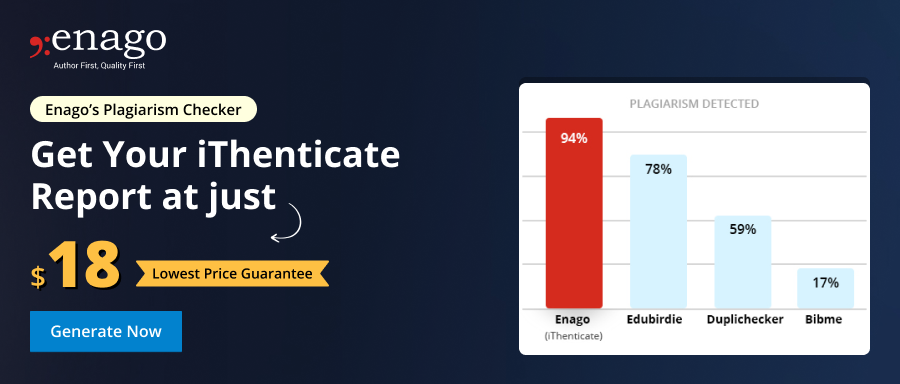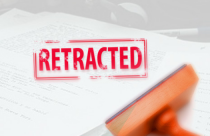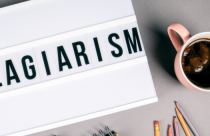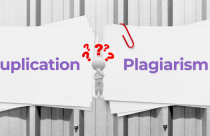Beyond Plagiarism Detection: Strategies for editors working with non-native authors

In today’s interconnected world, academic publishing is no longer confined by borders. Editors often work with authors from diverse linguistic and cultural backgrounds, many of whom speak English as a second or foreign language (ESL/EFL). This global diversity enriches scholarship but also introduces challenges, particularly in understanding and upholding academic integrity.
Editors, as gatekeepers of quality, play a pivotal role not only in detecting plagiarism but also in guiding authors toward ethical research practices. This article outlines practical strategies that editors can adopt to detect, address, and prevent plagiarism, while supporting authors through constructive engagement.
Understanding Why Plagiarism Happens in Non-Native Submissions
Effective editorial decisions stem from understanding why plagiarism occurs, especially among ESL/EFL authors. Plagiarism in these cases is often unintentional but rooted in systemic challenges like:
-
Cultural Differences:
Concepts of intellectual property and citation vary globally, especially because they are rooted in Western or Anglo-Saxon culture. When these concepts are introduced in non-Western contexts, such as East Asia, cultural differences and historical conventions may hinder their adoption and interpretation. Research shows that citation practices are strongly influenced by cultural background. For example, in many Southeast Asian countries influenced by Confucian traditions, imitation of another’s creative work is often seen as a form of respect and honor, rather than misconduct.
-
Language Barriers:
ESL/EFL authors may struggle to express complex ideas clearly and might unintentionally plagiarize due to difficulty in paraphrasing, to meet academic expectations. For instance, a survey of ESL learners found that low language proficiency and lack of vocabulary mastery poses as a challenge to express their ideas. As a result, they may copy and paste text from published sources to meet academic expectations
-
Lack of Training:
Research indicates that many non-native authors, including graduate students, have low proficiency in paraphrasing and referencing skills. Editors are often the first to identify these gaps. They can respond to these challenges by:
Challenge for Non-Native Authors |
Editorial Role/Response |
| Lack of paraphrasing/referencing training | Detect inconsistencies and flag them |
| Errors in paraphrasing (patchwriting, meaning distortion) | Suggest the use plagiarism checkers, paraphrasers, and manual checks |
| Unfamiliarity with global conventions | Provide guidelines and recommend resources |
Understanding these factors helps editors respond with empathy rather than assumption, and tailor interventions that are both corrective and developmental.
How Can Editors Detect Plagiarism?
While detection software is helpful, editors can identify plagiarism through several manual and intuitive techniques:
-
Spotting Inconsistent Writing Style:
Paragraphs or sections that are markedly more fluent or stylistically different than the rest of the manuscript may indicate copied content.
-
Conducting Targeted Searches:
Editors can copy-paste suspect sentences or phrases into search engines to check for identical or closely paraphrased content..
-
Checking Citation Patterns:
Comparing in-text content with cited sources may reveal verbatim matches or close paraphrasing that lacks proper attribution.
-
Use Detection Tools:
Using plagiarism checkers and AI-powered review assistants that use semantic analysis can identify sophisticated or translated plagiarism.
These combined strategies equip editors with a more comprehensive toolkit for ethical review.
Addressing Plagiarism: Best practices for editors
When plagiarism is detected, the editorial response should be firm yet constructive. Editors must be aware that they are not enforcers of punishment but facilitators of ethical scholarship.
1. Communicate Respectfully and Transparently
- Use neutral (for example, “Possible overlap” instead of “plagiarism”), professional language to describe the concern. Avoid accusatory tone.
- Share matched content alongside original sources to illustrate the issue.
- Emphasize the significance of originality and proper citation in scholarly publishing while explaining the consequences.
2. Tailor the Response to Severity
- For extensive uncredited content, editors may need to reject the manuscript.
- In case of minor oversight or moderate plagiarism, suggest revisions and/or request the authors to rewrite with proper sources.
- Recommend the authors to use plagiarism checkers like Enago before submission to detect potential issues.
3. Offer Constructive Support
- Encourage authors to write in their native language first and seek professional translation support during editing.
- Recommend external resources or professional services that help authors in upholding the highest standards of integrity.
Addressing plagiarism is not just a matter of detection—it’s an opportunity for editors to shape a more ethical and inclusive publishing environment. Editors are uniquely positioned to guide non-native authors toward ethical scholarship through education, empathy, and constructive feedback. By approaching plagiarism as a collaborative opportunity rather than a policing task, editors can foster trust and long-term author development.
Call to Action for Publishers
To support editors in this role, publishers should adopt holistic editorial policies that go beyond detection. Combining robust plagiarism checking tools with clear author education, culturally sensitive guidelines, and editorial training ensures that integrity and inclusion are built into every stage of the publishing process.
For thorough and reliable similarity checks, publishers can collaborate with Enago to integrate its Plagiarism Checker into their editorial workflows—equipping editors with advanced detection capabilities that detect nuanced and cross-language plagiarism, while reinforcing ethical publishing practices globally.










